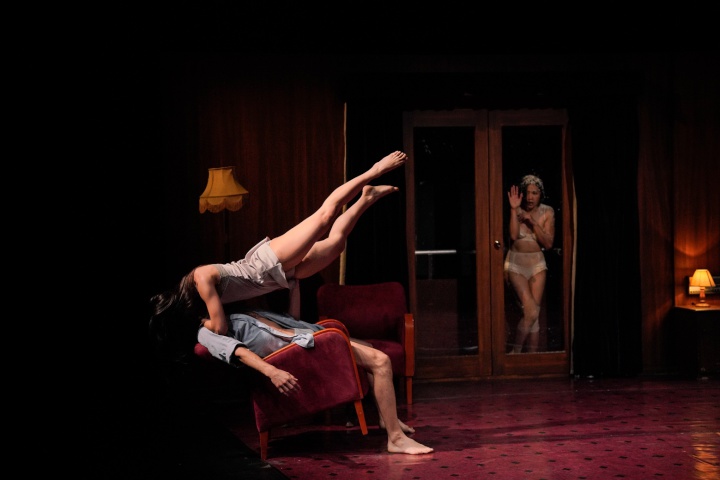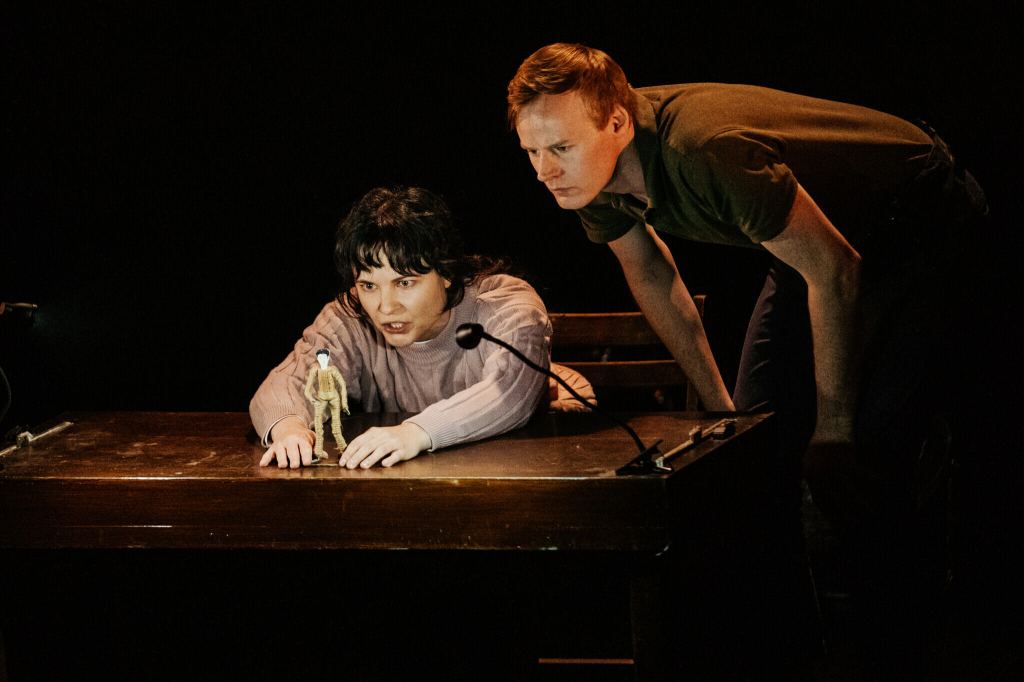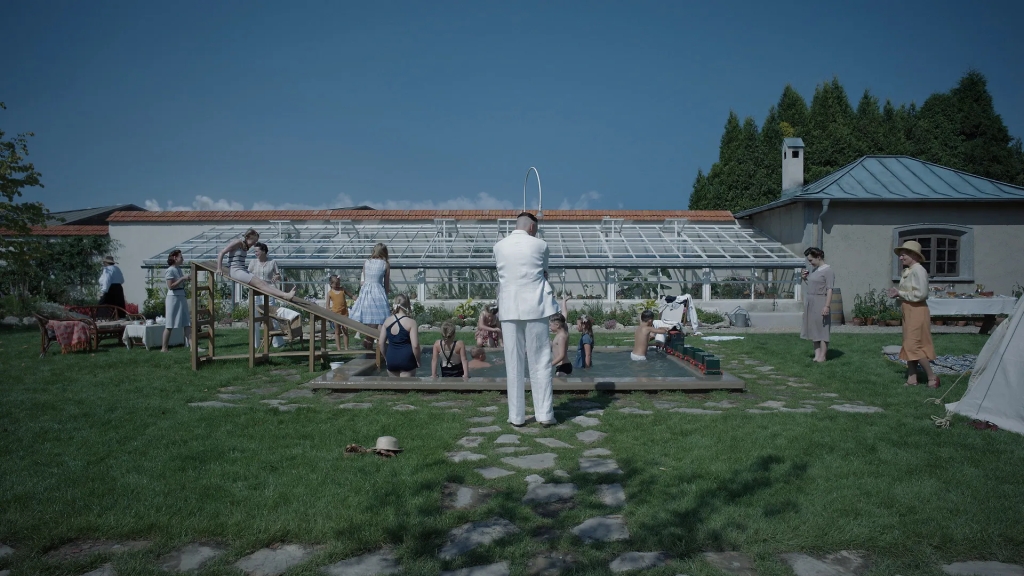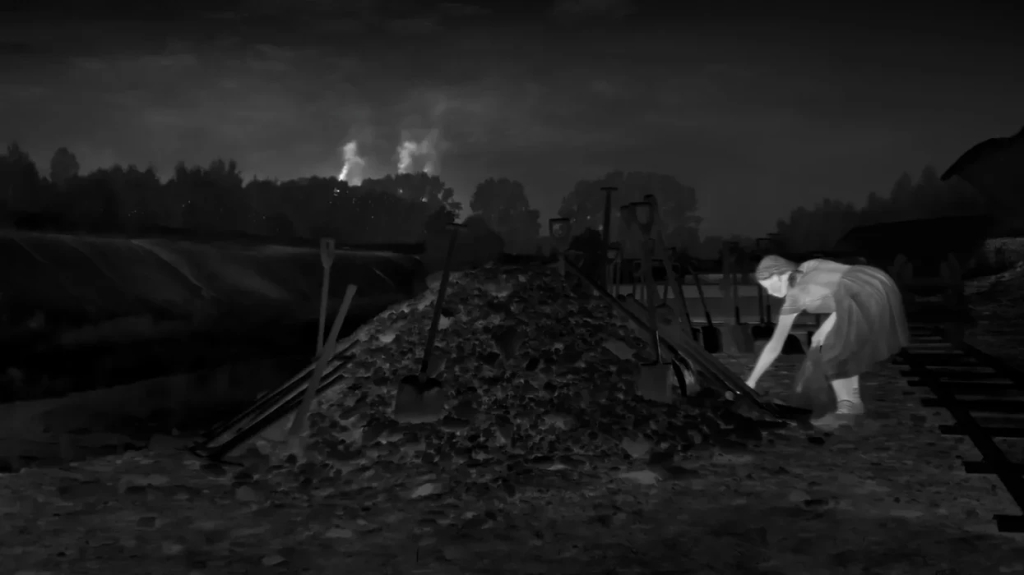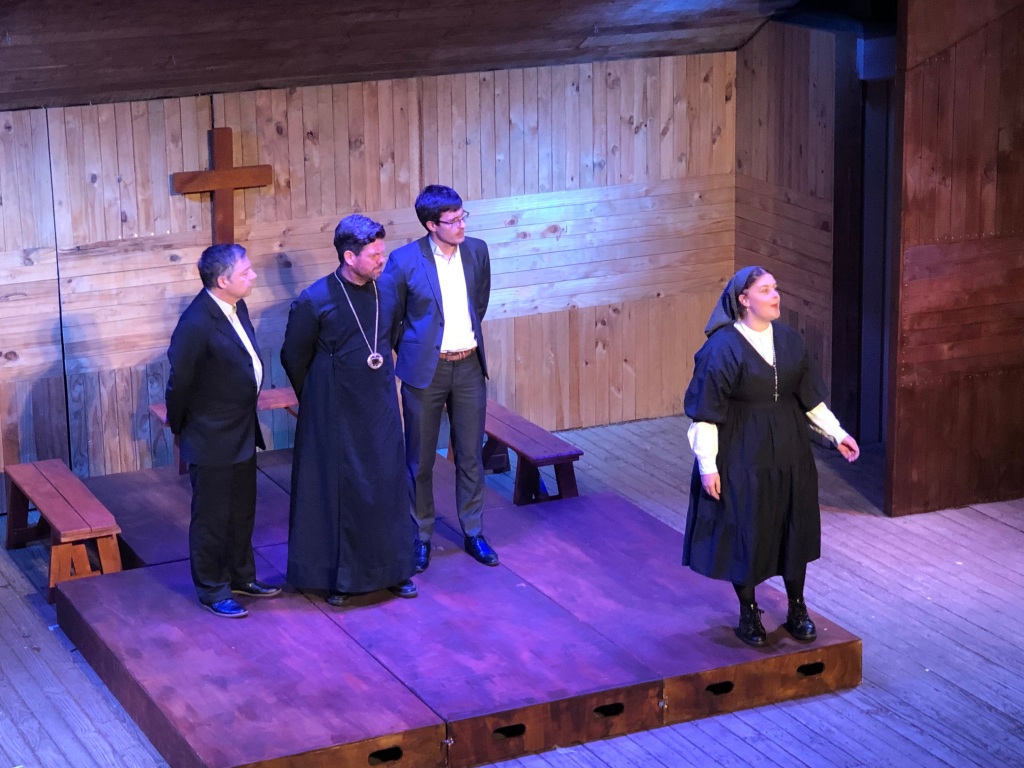
The Effect
By Lucy Prebble
Director, Benjamin Kilby-Henson
An Auckland Theatre Company Production
With Jayden Daniels, Jarod Rawiri, Zoë Robins, Sara Wiseman
Production Design, Dan Williams
Lighting Design, Jane Hakaraia
Sound Design, Chelsea Jade
ASB Waterfront Theatre
Until 11 May
Review by Malcolm Calder
Suggested in some quarters as a revival, Lucy Prebble’s The Effect could almost be described as a work in progress.
Its context is the clinical trial of a new anti-depressant drug featuring two young people. Very simply, the two fall in quite-possibly dopamine-fuelled love and this play tracks the development of their relationship while questioning the role of psychopharmacology and the intricate relationship between the heart and the brain. Is their love a meaningful long-term thing, or mere drug-inspired infatuation? All of this is observed through the eyes of a supervising psychologist and is overseen by a singularly focussed psychiatrist whose self-espoused objectivity is on the process and on the future.
But The Effect is more than this. While studying (what may be) his heart surgeon father’s brain, Dr Toby Sealey (Jarrod Rawiri) reflects that while traditional medical practices may have once referred to ‘the sane and the insane’, more recent treatment might instead refer to ‘the insane and the sane-for-now’! And therein lies the nub of Lucy Prebble’s The Effect.
Now 12 years old this play has been adapted and updated by its author taking on board increasingly complex and debateable practices about depression within the medical profession and the impact of Big Pharma and chemical treatments. Quite simply, it is about medical ethics. One wonders where this play may go to in another 12 years time.
Nonetheless, Prebble’s script is script-heavy, delightfully structured and demands close attention from its audience. It has light and shade, appropriate localisations and even unexpected flashes of comedy allowing director Ben Kilby-Henson to give full reign to an exceptionally strong cast.
Two ATC newcomers provide standout performances on their respective emotional roller coasters. Both Zoë Robins (Connie Hall) and Jayden Daniels (Tristan Frey) are driven with energy showing us blinding flashes of brilliance at times, while being riven with uncertainty at others. They are a wonderful example of younger actors coming to our stages.
Sara Wiseman (Dr Lorna James) and Jarod Rawiri (Dr Toby Sealey) counter balance them with assuredness and maturity and their respective disintegrations are handled with sensitivity, subtlety and a deftness that comes with experience. They watch and listen to each others’ arguments, articulate the core sense of The Effect with both passion and logic and leave the audience questioning – well, everything really.
No doubt echoing the somewhat scrambled state of its characters brains, Dan Williams’ set and presentation is high tech and another good example of the high production values we expect from ATC. At times this could almost have been a distraction but, on the other hand, it could also be a quite deliberate choice. Even when the younger actors struggled to find a light at times – they were struggling to find themselves.
So does The Effect work ? Emphatically yes
Prebble uses the situation to explore some big questions. It is contemporary. It is dynamic. And I resolutely agree with her ultimate truism – the future is unfinished.
